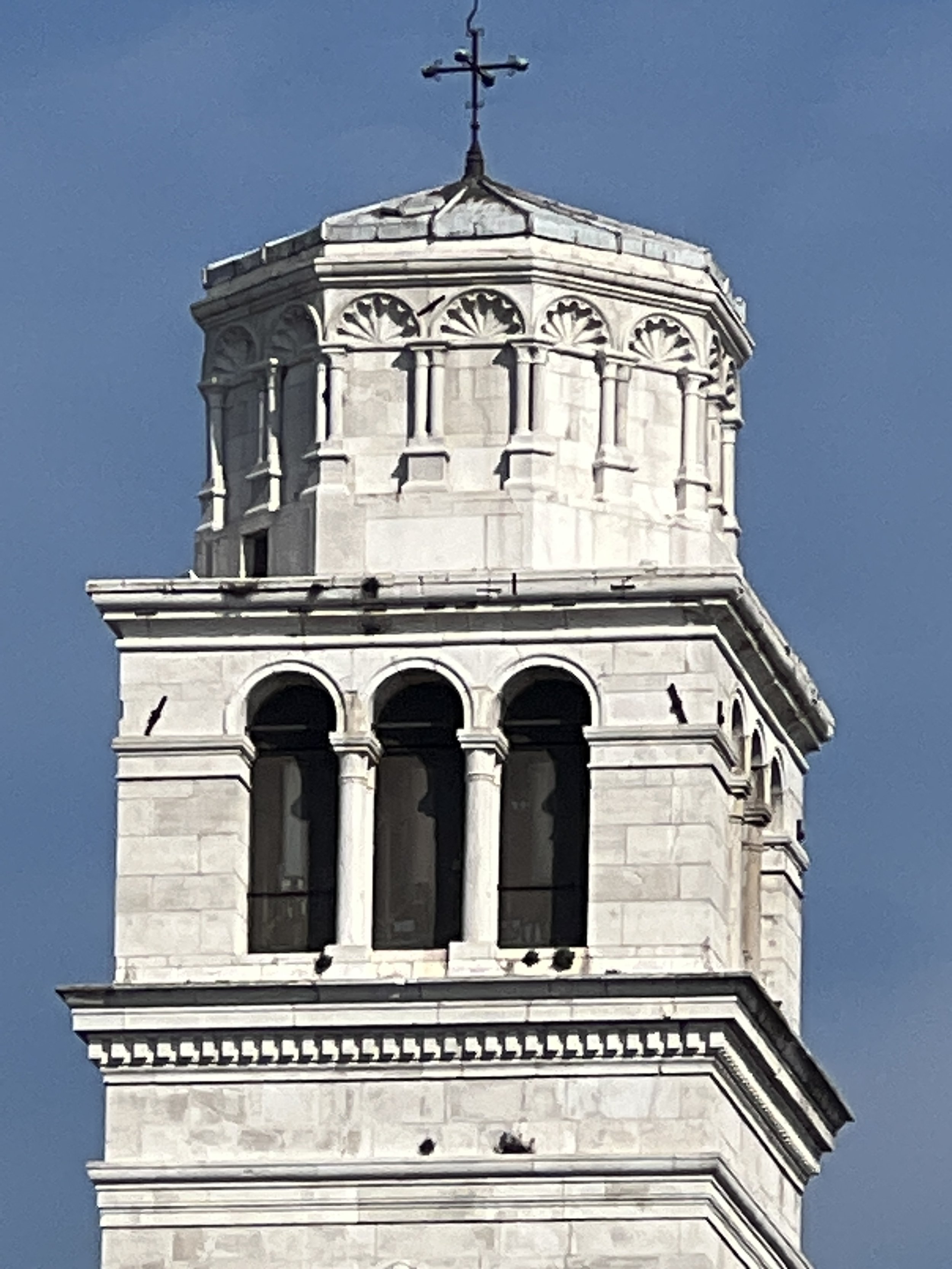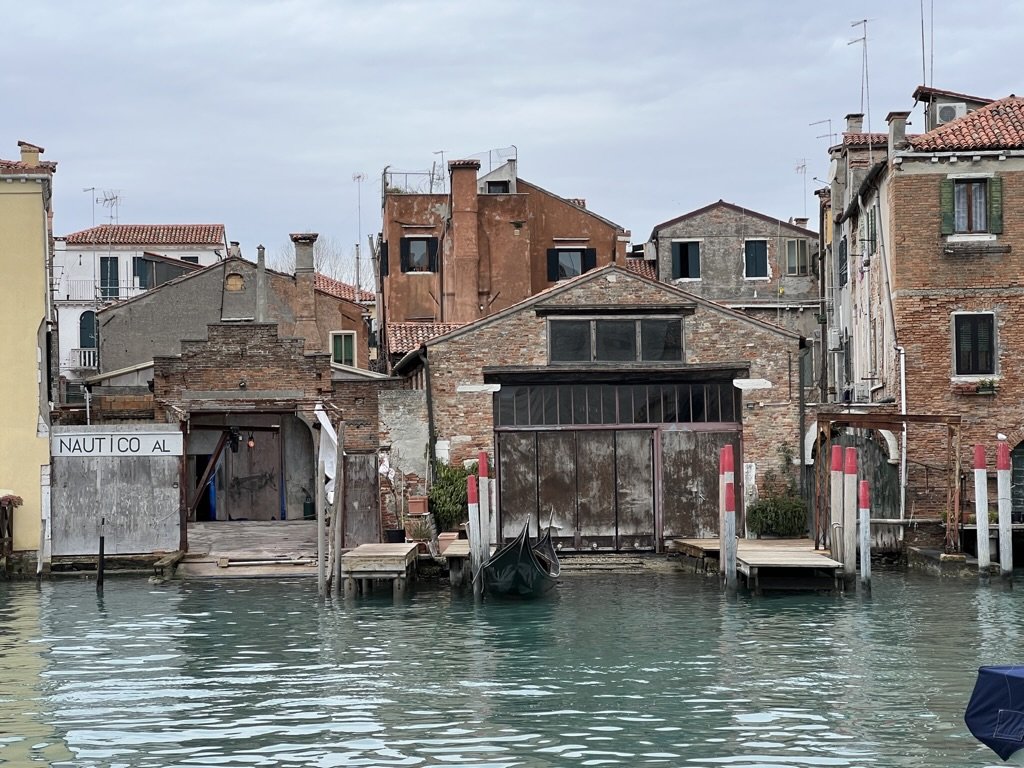San Pietro di Castello
2 March 2023
I visited for the first time the church and former cathedral of San Pietro di Castello at the eastern end of Venice. For those wanting to get away from the crowds, this is not a bad place to go
During the time of the Republic, it was this relatively modest and remote church, not the basilica of San Marco, which was the cathedral of Venice. In those days, it was even more remote and isolated than it is now. Sant’Elena (the easternmost district which makes up the tail of the fish that today’s map resembles) had not yet been created, and the island of Olivolo (today known as San Pietro di Castello), on which the church is found, was then the easternmost part of Venice. You can see the island in the map below, which was published in 1798, in the year after the fall of the Republic.
Nuova Pianta Iconografica dell'Inclita Città di Venezia. Teodoro Viero. Published 1898. Source: Abe Books
Today’s cathedral, the basilica of San Marco, was then the private chapel of the Doge. Only in 1807, 10 years after the fall of the Republic, did it became the city’s cathedral. The isolated location of San Pietro, on an island at the very edge of Venice, reflected the attitude of the Republic towards the church and papacy, whom they wished to keep at arms length, well away from the centre of temporal power.
The approach to San Pietro took me through areas that were mostly residential. There are no major sights in the area, apart from, of course, the Arsenale, which is behind high walls. Of course, as elsewhere, many of the residences are now holiday rental apartments, as you can see from the numerous “Locazione Turistica” signs on the doorways, but nevertheless, I suspect that this area might be relatively quiet even in the high season.
Here’s a picture of the approach, with the leaning campanile and the dome of San Pietro visible from a distance. I know we were visiting during the quiet season, but it was all very tranquil.
The approach to San Pietro, with the leaning campanile and the dome of San Pietro visible from a distance.
To get to the church, you go over this bridge. It’s also a nice spot to have a look at the different types of boats tied up along the bank of the canal. We saw, among other things, a hearse boat, and a gondola at a nearby boatyard.
A church has existed on this site since the seventh century. Andrea Palladio had been commissioned to rebuild the church in 1559 by the patriarch Vincenzo Diedo, but work was interrupted when the patriarch died. The current façade was built between 1594-96 by Francesco Smeraldi, based on Palladio’s original scheme, and is similar in many ways to the Palladio’s famous church of the Redentore. Like the Redentore, it is composed of superimposed temple fronts, the higher one the centre corresponding to the nave, and the lower ones projecting on each side to the aisles.
Façade of San Pietro in Castello
A rather pagan-looking face over the main entrance of this Christian church. Perhaps Ruskin did have a point.
The interior, looking down the nave towards the high altar.
In the right hand aisle there is what is known as St Peter’s throne, a gift to the Doge from the Byzantine Emperor Michael III (842-67). It was claimed that St Peter had sat on it, but in fact it is a composite structure which includes part of a funerary slab with verses from the Koran.
The so-called “St Peter’s Throne”
The Italian translation of the Koranic inscription
The church had a few previous campanili (bell towers), which collapsed or were otherwise damaged. The current campanile dates from 1482-92, and is by Mauro Codussi. Originally it had a dome, but this was blown off in 1659 and replaced by a polygonal drum in 1670. It’s the only campanile in Venice that is clad entirely in stone, and a very handsome one indeed.
Note the grass on the Campo San Pietro on which the campanile sits. It’s one of the few campi which still has grass on it. The word campo, used in Venice to signify a square, means “field”, which is what the campi were originally, but almost all of them were paved over a long time ago.
Another view of the leaning campanile.
The top of the campanile
Finally, for good measure, some views across the canal from the Campo San Pietro:













